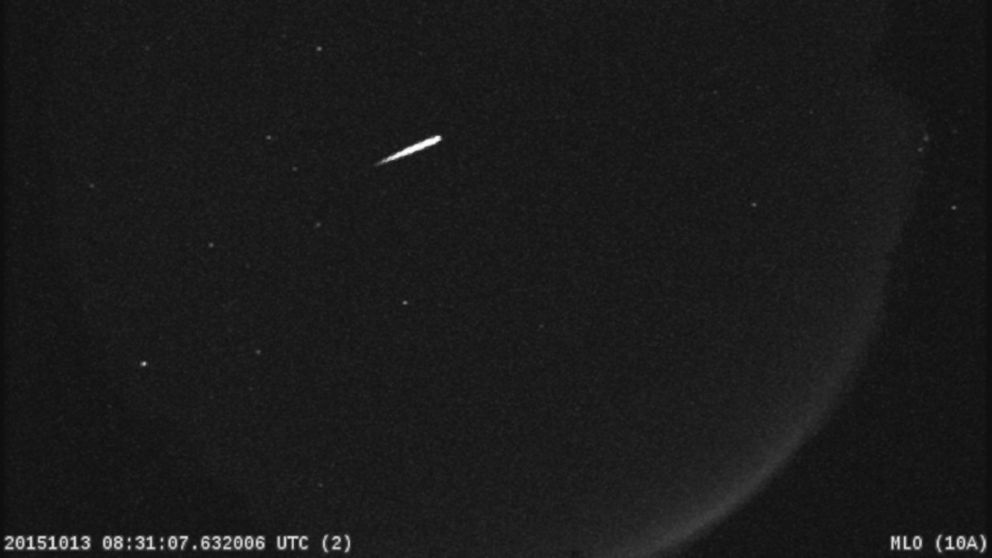Orionid Meteor Shower: Sky Gazer's Guide of When to Watch
When the bright and fast meteors will be at their peak.

— -- Sky gazers should get ready for an early wake up call Thursday morning to catch the best glimpse of the Orionid meteor shower.
The best time to catch the annual spectacle, which is known for its bright, quick meteors, is before sunrise Thursday morning. It's at this time that NASA forecasts Earth will encounter the densest part of the debris stream from Halley's comet.
No telescope is necessary for viewing the Orionids at their peak. With clear weather, it's as simple as going outside before sunrise and looking toward the constellation Orion before dawn. While the sight of meteors streaking across the sky is magnificent, Bill Cooke of NASA's Meteoroid Environments Office said he expects this year's peak activity won't be as strong as previous years.
"Bits of comet dust hitting the atmosphere will probably give us about a dozen meteors per hour," he said in a NASA blog post.
For people who would rather stay indoors or are experiencing inclement weather, NASA will also live stream the event beginning Wednesday at 10 p.m. ET from the Marshall Space Flight Center in Huntsville, Alabama.